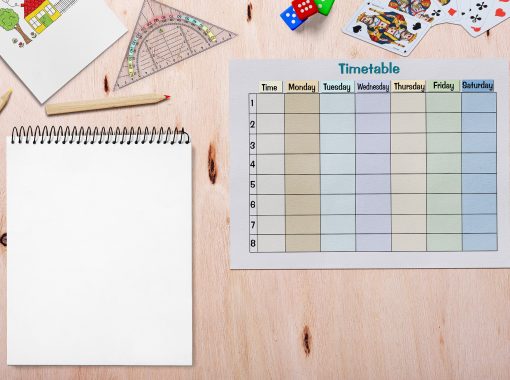
4 Ways to Streamline Your Editorial Calendar
Do you keep an editorial calendar? It’s a simple, but oh so effective, tool that you can use to organize your monthly content. An editorial calendar is a structured document that tells you what’s being published, when it’s being published, where, why and how.
The “how” often includes who is creating the content and who is uploading it to the appropriate and relevant channels. As you might imagine, with all of this information, editorial calendars can become complicated and time consuming. The following tips and ideas will help you streamline your calendar and make this amazing tool more efficient and productive.
Download your FREE Guide: Ultimate Guide on How to Write a Killer Press Release
- Learn how to create a compelling press release for greater success. Filled with details and tips, the guide will help you maximize your chances for media pick up and readership.
Click here to access your Guide
1. Use a Spreadsheet
Spreadsheets help you create columns for each feature of your editorial calendar. For example, the first column can be the date that you’re publishing the content. The second column might be the title of the content. You’d also include goals, links, channel and so on. Spreadsheets make it easy to see, at a glance, what’s being published. Additionally, you can also use the same spreadsheet to track the results of your content.
2. Schedule Your Topic Planning Sessions
Most editorial calendars are created one month at a time. That means your team can do some serious advanced planning. They can plan the entire year’s content, or just go one month at a time depending on your structure, size, and goals. Additionally, you can plan some content in advance; like product launch campaigns, and then spend one or two days a month planning the remainder of your content.
3. Leverage Technology
There are online content management and planning tools that you can use. Some tools are free and suitable for smaller scaled companies. For example, WordPress offers a free editorial calendar plugin. https://wordpress.org/plugins/editorial-calendar/. It’s specific to blog posts but it can be useful if that’s your primary form of content.
4. Track and Evaluate
Finally, be sure to track and evaluate your results. A great content marketing plan and editorial calendar is only as good as the information you’re working from. If you’re using the most recent content and marketing analytics, then you can see what content and channels are connecting with your audience and what pieces are missing the mark. It gives you the power to create better content marketing results, whatever type of content you’re publishing.
If you’re not using an editorial calendar to plan and organize your content, then it’s time to start. And if you are using it, the preceding tips can help you get the most from this highly effective marketing tool.











